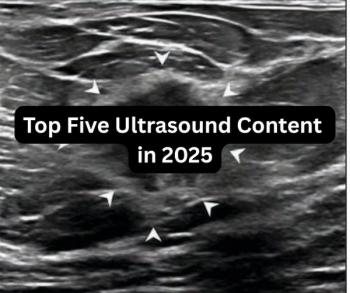
COVID-19 Is an Independent Stroke Risk Factor
After adjusting for traditional vascular risk factors, radiologists encourage aggressive monitoring of COVID-19 patients for blood flow changes to the brain.
There is a significant link between the virus that causes COVID-19 and strokes, newly published research reveals, indicating providers should adjust their treatment of these patients accordingly.
In the
“This is the first major peer-reviewed study to show that COVID-19 infection is a risk factor for acute strokes,” said lead study author Puneet Belani, M.D., assistant professor of radiology and neurosurgery. “Patients with COVID-19 should be evaluated early for acute neurological changes and timely workup should be performed in patients suspected to have stroke to reduce morbidity and mortality.”
Belani’s team conducted a retrospective, case-control study with 41 patients. Each patient had a stroke confirmed with non-contrast head CT followed by vascular imaging, and the researchers compared that analysis to 82 control participants who, with the same image confirmation, had no evidence of stroke.
Based on their evaluation, they determined that more than 46 percent of patients with acute ischemic stroke also had COVID-19 infection. The same was true for only 18 percent of the control group. After they adjusted for sex, age, and other risk factors, the association between the virus and stroke was clear.
“We found that COVID-19 is an independent risk factor for imaging-confirmed acute ischemic stroke during stroke alert evaluation, after controlling for traditional vascular risk factors,” the team said. “This finding suggests that COVID-19 infection is associated with increased morbidity and mortality that transcends the primary cardiopulmonary sequelae from the infection.”
Newsletter
Stay at the forefront of radiology with the Diagnostic Imaging newsletter, delivering the latest news, clinical insights, and imaging advancements for today’s radiologists.




























